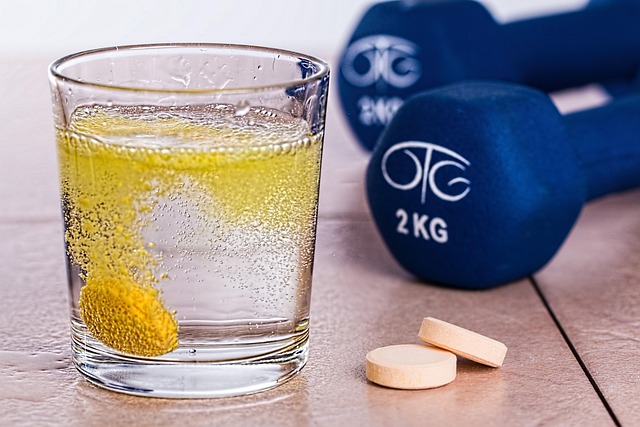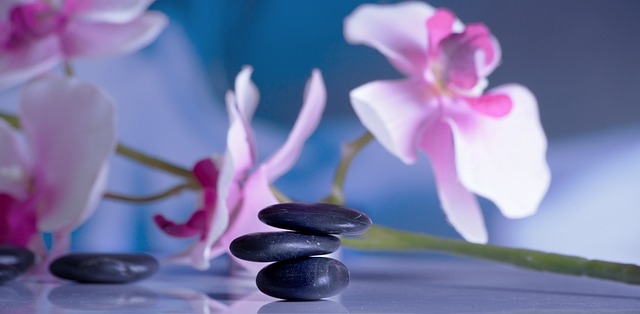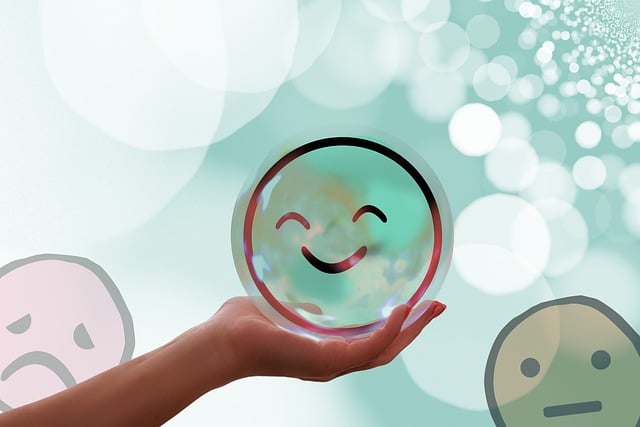Chronic joint pain, lasting over 3 months, is a debilitating condition caused by issues like arthritis or tendonitis, affecting mobility, daily life, and mental health. Physical therapy offers a non-invasive solution, combining exercises, manual therapy (e.g., massage), and education to ease symptoms, improve joint function, and enhance well-being. Alternative therapies like acupuncture, chiropractic care, and massage also provide relief without medications or surgeries. Lifestyle changes, such as tailored exercise, balanced diet, good posture, yoga, and meditation, significantly alleviate pain when combined with professional guidance from healthcare providers, focusing on physical therapy for joint pain.
Chronic joint pain is a common struggle, affecting millions worldwide. In this comprehensive guide, we explore non-invasive solutions to manage this persistent condition. From understanding its underlying causes and impact on daily life, to examining effective treatments like physical therapy, alternative therapies, and lifestyle adjustments. Discover how these strategies can provide long-term relief without invasive procedures, empowering you to take control of your joint health.
- Understanding Chronic Joint Pain: Causes and Impact
- The Role of Physical Therapy in Non-Invasive Treatments
- Alternative Therapies for Joint Pain Management
- Lifestyle Changes and Self-Care Strategies for Long-Term Relief
Understanding Chronic Joint Pain: Causes and Impact

Chronic joint pain is a complex condition that significantly impacts individuals’ daily lives and overall well-being. It refers to long-term discomfort or soreness in one or multiple joints, persisting for more than three months. This persistent pain can have various underlying causes, including arthritis, tendonitis, bursitis, or even traumatic injuries. These conditions often lead to reduced mobility, stiffness, and a decreased quality of life.
The impact of chronic joint pain extends beyond physical discomfort. It can cause individuals to limit their activities, affecting their ability to work, exercise, or participate in hobbies. The pain may also result in sleep disturbances, depression, and anxiety. Physical therapy for joint pain offers a non-invasive approach to managing these symptoms effectively. Through tailored exercises, manual therapy, and patient education, physical therapists can help reduce pain, improve joint function, and enhance overall mobility.
The Role of Physical Therapy in Non-Invasive Treatments

Physical therapy plays a pivotal role in the non-invasive management of chronic joint pain, offering a multitude of benefits that extend beyond mere exercise routines. Trained therapists employ various techniques tailored to individual needs, focusing on improving range of motion, strengthening muscles surrounding affected joints, and enhancing overall flexibility. These strategies not only alleviate pain but also help prevent further deterioration and promote long-term joint health.
The approach often includes a combination of manual therapy, therapeutic exercises, and patient education. Manual therapy techniques, such as massage, mobilization, and manipulation, aim to reduce stiffness, improve circulation, and release tension in the muscles and soft tissues surrounding the joints. Therapeutic exercises, ranging from gentle stretching to more intensive resistance training, strengthen supporting muscles, stabilize joints, and promote better posture. Patient education empowers individuals to manage their pain effectively, understand their condition, and incorporate preventive measures into their daily routines.
Alternative Therapies for Joint Pain Management

Many people struggling with chronic joint pain turn to alternative therapies as a non-invasive way to manage their symptoms. Physical therapy is one such popular choice, offering a range of techniques tailored to specific needs. Trained therapists can guide individuals through exercises designed to strengthen muscles around joints, improve flexibility, and reduce inflammation, all without the need for medications or surgeries.
Beyond physical therapy, other alternative approaches like acupuncture, chiropractic care, and massage therapy have shown promise in alleviating joint pain. Acupuncture involves inserting thin needles at specific points to stimulate natural healing responses, while chiropractic care focuses on adjusting and mobilizing the spine and joints. Massage therapy, on the other hand, relieves tension and promotes blood flow to sore or stiff areas, providing both short-term relief and long-term benefits for chronic joint pain management.
Lifestyle Changes and Self-Care Strategies for Long-Term Relief

Making lifestyle changes and adopting self-care strategies can significantly contribute to long-term relief from chronic joint pain, often offering an alternative or complement to more invasive treatments like physical therapy for joint pain. Simple adjustments in daily routines can prove effective. Regular exercise, tailored to individual needs, helps strengthen muscles around joints, improving stability and range of motion. A balanced diet rich in nutrients supports joint health, while maintaining a healthy weight reduces stress on affected joints.
Additionally, practicing good posture during activities and learning proper lifting techniques can prevent further strain. Adequate rest and quality sleep allow the body to repair and rejuvenate. Stress management techniques like yoga or meditation may also help alleviate pain, as chronic stress can negatively impact joint inflammation. Incorporating these strategies into a holistic approach, alongside professional guidance from healthcare providers, including physical therapy for joint pain, can lead to sustainable improvements in managing chronic conditions.
Chronic joint pain can significantly impact one’s quality of life, but there are numerous non-invasive solutions available. By understanding the underlying causes and exploring diverse treatment options like physical therapy for joint pain, alternative therapies, and lifestyle adjustments, individuals can find lasting relief without resorting to invasive procedures. These comprehensive approaches empower people to take control of their health and experience improved mobility and overall well-being.
